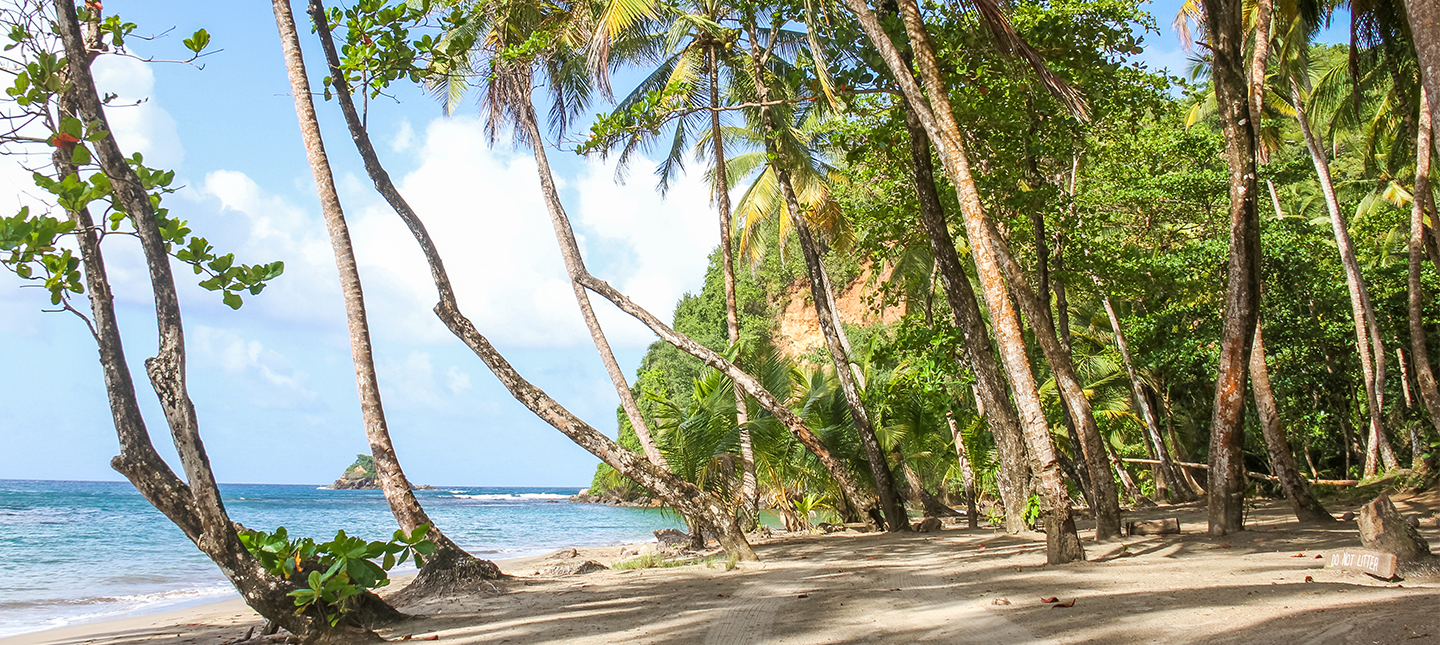Rocking the Roadshow
Access what's worthwhile – and what's not – when bringing your product to the market.
- Destination Representation
- Public Relations & Social Media

Roadshows provide destination marketers and travel suppliers prime opportunities to inform and personally engage with media, trade and consumers. But they also tend to be costly and resource intensive. Even if you think you’ve mastered all the elements for a successful roadshow, it’s important to define your goals before going on the road.
I’ve witnessed far too many destinations rush to market, allowing for a week or two of planning for what really should take at least three to four months of advance work. Every destination or travel supplier must work in advance to assess and consider these factors:
- Is the time and money invested going to be appropriate for your destination? To figure out your return on investment, you have to assess the depth of product distribution. If your intended audience doesn’t have access to sell your destination, you could be better off reallocating your funds toward media and consumer awareness. If you’re new to the market, you may want to focus the efforts of the roadshow on targeted media meetings versus costly dinners or entertainment options.
- Clearly define and articulate what constitutes success ahead of making any venue deposit or extending invitations. Are you trying to achieve a more tactical training need, showcase a new product or experience, or develop relationships with key influencers, product managers or agency owners? Articulate your goals among stakeholders before anything else.
- Consider the rapidly shifting landscapes in both media and travel trade – i.e. the size and scope of editorial mastheads and newsrooms, retail travel agents and product planners across North America. Before committing to a city, ensure that the targets you wish to engage are significant enough to meet your goals.
- Research any and every potential roadblock: conflicting destination events, major travel industry trade shows, conferences and sales/product development windows that may prevent your targets from attending your event. Keep a flexible calendar when considering your target dates.
- Don’t get complacent about attendance. Markets such as New York City and Los Angeles, popular stops on roadshow circuits, are notorious for high no-show rates – as much as 40 to 50 percent! Traffic and distance can be enormous challenges, as is the appeal of events happening that same day/night/week. Ensure your target lists are developed with your goal in mind, that the lists are deep enough, and that you secure enough RSVPs to ensure successful attendance numbers. Never underestimate the power of follow-up via phone calls and emails in the days leading up to your event!
